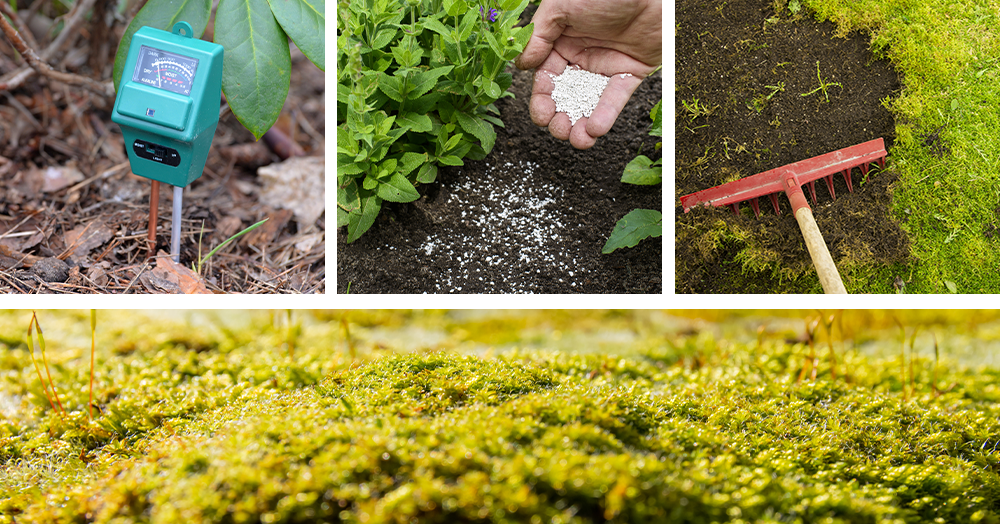How To Kill Moss In Garden Beds
Moss is a pretty common sight here on the West Coast. We've got a fairly humid environment, with plenty of rain and lots of shade from our beautiful coastal forests. It's a natural haven out here, so it's no wonder moss loves to creep into our Powell River lawns, flower beds, and gardens!
So, how can you control the moss in your yard before it takes over everything? Well, your best bet is to make the environment inhospitable for moss to grow. To do this, you need to know where the moss tends to thrive in your yard; generally, it's a place with plenty of moisture, ample shade, and acidic soil.
The key to natural moss control for Powell River lawns is to adjust the environment so moss isn't keen to grow in your flower beds or garden. To do this, you'll need to:
- Improve drainage
- Raise soil pH
- Let more light in
Improving Drainage
Moss likes soggy conditions. If it's growing in your garden or flower beds, you'll want to adjust your watering habits and amend the soil to improve drainage. Lighten up your water schedule, especially in moss prone areas. If the soil dries out, mosses can't survive. You can improve soil drainage by:
- Adding in grit with larger particles, like small gravel or washed sand.
- Working in compost once or twice a year to improve aeration over time.
- Aerating the ground, manually with a garden fork or with an aerating machine, around and under the moss.

Raising Soil pH
Before you run out to add lime to your beds, it's an excellent idea to test your soil. A soil test kit will help you determine whether your soil is acidic, neutral, or alkaline. The staff at our garden center can help you figure out which natural amendments will be best for your soil, and how to apply them, based on your soil test results.
Adding Dolopril lime is the simplest way to raise soil pH. Sprinkling it on the surface of the soil will affect the pH of the very top layer, but that's all. You'll need to work it in several inches deep to benefit from the long-term effects of the amendment.
Letting More Light In
If your garden beds are shaded by trees and shrubs, you'll want to get out your pruning shears. Thin the canopy of trees and shrubs so that more light filters all the way through your trees. You can also shorten up branches so that the shadow of the tree doesn't stretch quite as far as usual.
If you have evergreen trees, pruning isn't the best idea. If your evergreen trees are small, consider moving them to a location that does not shade your garden. If they're not small—well, you're kind of stuck with them, which brings us to our last suggestion!
Embrace The Moss
In our climate, moss is a bit inevitable, and fighting it can be very time and energy-consuming. Here's the thing—moss is not a bad thing! It tends to add a nice hit of greenery in shady spots where other things struggle to grow. We feel that a little moss can add a lushness and depth to the landscape. If you've got a few spots in your yard where you can't prune back trees or improve drainage, consider leaving the moss alone. You could even start to cultivate a moss garden in the area. There are many varieties of moss that you can grow, and we're lucky to have so many beautiful native species here in BC.
How To Kill Moss In Garden Beds
Source: https://mother-nature.ca/how-to-kill-unwanted-moss-in-your-garden-and-flower-beds/
Posted by: couturesaut1950.blogspot.com

0 Response to "How To Kill Moss In Garden Beds"
Post a Comment